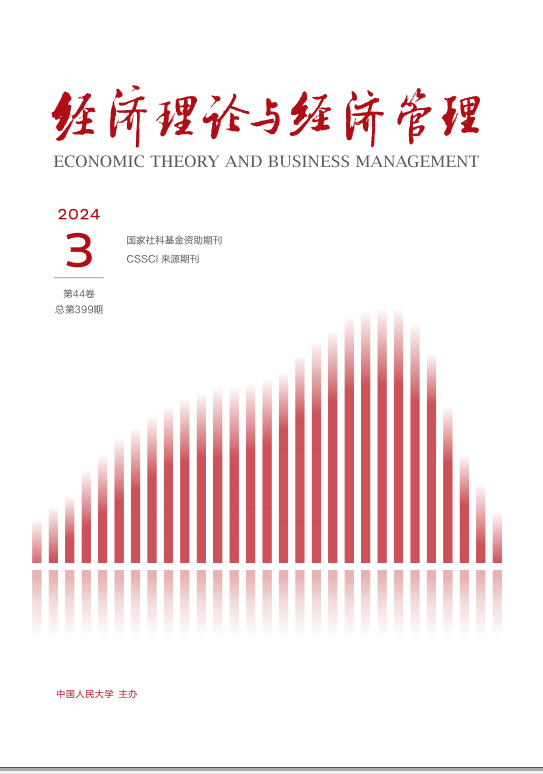On the basis of R&D affiliates cluster network characteristic at city level, this paper establishes a “clusterseeking” strategic framework and employs discrete choice model to verify this theoretical perspective The sample includes 275 US and 207 European R&D affiliates located in China over the period 1992—2012, across 27 cities The empirical results reveal different spatial location strategies conducted by US and European firms: US firms adopt “knowledge clusterseeking” strategy, namely, host knowledge resources and technology infrastructure are important location determinants European firms prefer to seek “industrial cluster”, for instance, a citys manufacturing base, industrial specialization, and intrafirm forward linkage significantly affect their location choices The findings also identify firms heterogeneity in parent firms size and in European country of origin.





